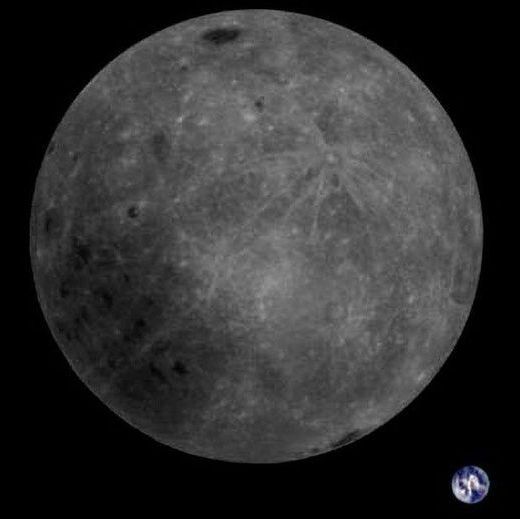Feb 5, 2019
This Photo Shows the Dark Side of the Moon and Earth in the Same Shot
Posted by Alberto Lao in category: space
A Chinese satellite currently orbiting the moon has captured a beautiful photo showing both the far side (AKA dark side) of the Moon as well as planet Earth in the background.
The Dwingeloo Radio Observatory in the Netherlands reports that the photo was captured by China’s Longjiang-2 satellite on February 3rd, 2019.


















